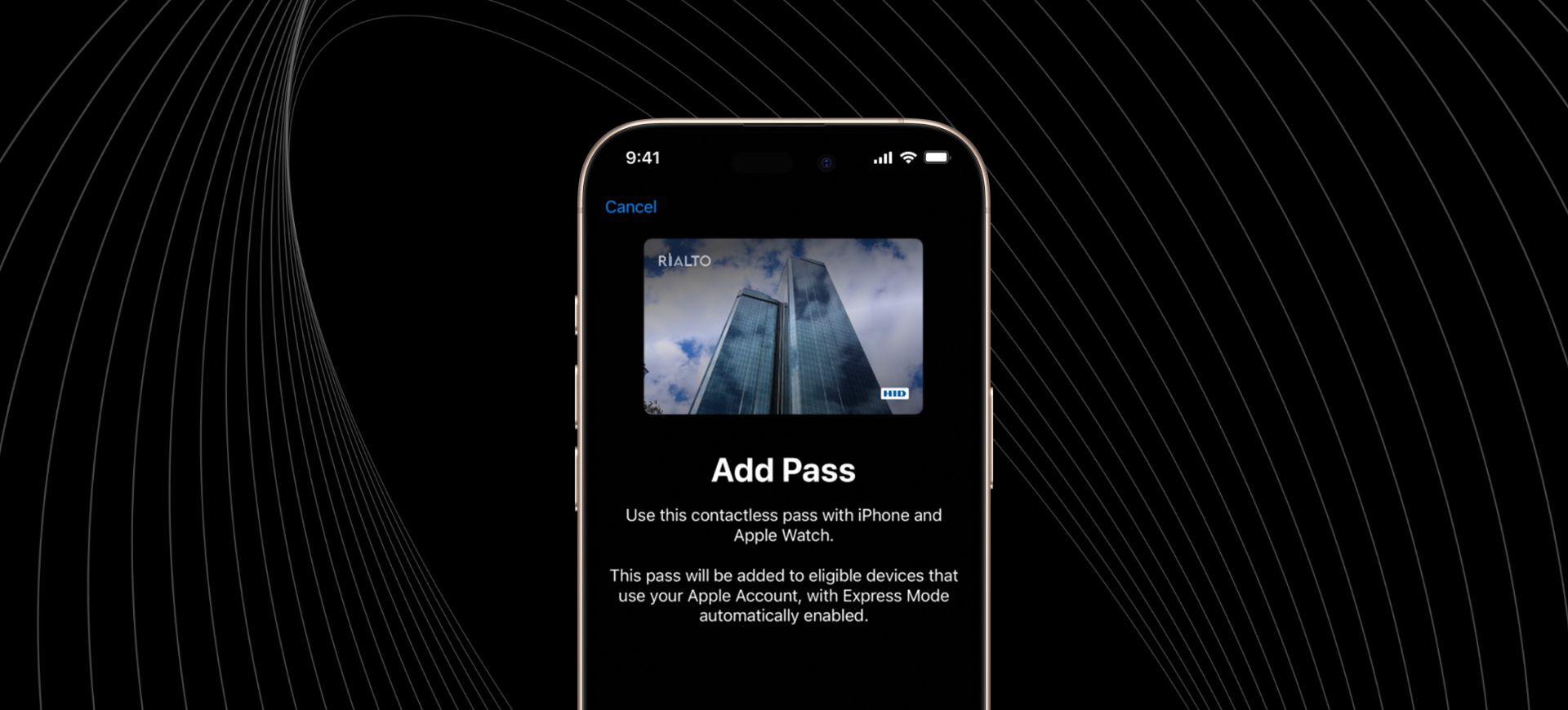How to turn your idea for a mobile app into reality
If you’ve ever thought, “Isn’t there an app for that?” you could be onto the next big thing. But it’s a big leap from having an idea for a mobile app to making it happen. In this post, we’ll guide you through the steps to turning your mobile app development idea into reality.
1. Do your research
With nearly 5 million apps available on the Apple App Store, your mobile app development needs to be targeted to succeed.
Research is essential to find out who your users are and why they would want to buy your app. Here are some of the questions you’ll need to ask:
- How will my app help users?
- Are there similar apps out there?
- How is my app different from competitors?
- Who are my app’s users?
Once you’ve identified the type of person who will buy your app, you’ll need to reach out to them. You can do this through social media, LinkedIn, blogs, forums, and surveys.
2. Write a business plan
Your app is more than an exciting idea — it’s the basis of a business. This means you need to write a proper business plan to identify your activities and goals. You’ll also need it to win over investors.
It should include the following:
- Executive summary
- Details about your product, including benefits to customers
- Market analysis
- Marketing strategy
- Financial plans and targets
3. Find investors or partners
You may want to find an investor and/or partner to help develop your mobile app. This could be someone who wants to start a business but doesn’t have the idea — which you can provide. Or it could be someone who has a skillset that you don’t have that relates to your app.
You may already have a friend or colleague in mind. You can also put out feelers on your professional or social network.
4. Research mobile app development
If you don’t have the technical skills, you’ll need to team up with a developer who can advise on and build your app.
Even better if you can find an agency that combines design, development, user experience, marketing and advice on copyright under one roof. (By the way...
that’s us!) This will help make the journey from idea to app store seamless.
5. Prepare your marketing
Marketing can make or break a new product launch — it’s a vital part of your business strategy and plan.
In this section, you’ll need to give some thought to branding, including what your icon will look like, ASO (app store optimisation) to improve visibility for more downloads, and how you’re going to communicate your app launch to your audience.
6. Test your app
Testing your app is essential to its success. Some time before you launch, you’ll need to create and test prototypes to get feedback, identify issues, and focus your goals.
Unless you have the technical expertise yourself, you’ll need a digital agency that specialises in mobile app testing. They will be able to guide you through the process to reach a fully functional, glitch-free app.
7. Hit “Go!”
Now you’re ready to launch! It’s time to upload your app and set your marketing strategy in motion to let the world know about it.
Remember, you’ll need to dedicate time to update your app, fix bugs, engage with users, and keep making money from it. Think of the launch as the beginning of an exciting adventure.
Reach out to our mobile app developers in Melbourne
Developing an app isn’t a quick win. It takes time and expertise to bring your idea to the market — but you don’t have to do it alone.
That’s where Kodaa comes in. We’re a Melbourne-based digital consultancy, bringing together digital design and development.
This includes mobile app development from our Melbourne HQ. We design and build functional, attractive apps that combine the perfect solution with an exciting customer experience.
We also offer a host of other services, including testing, research, branding, and marketing, to help launch your app.
Get in touch with the team to know how we can help bring your mobile app to life.
Need help getting started?
Keep reading




